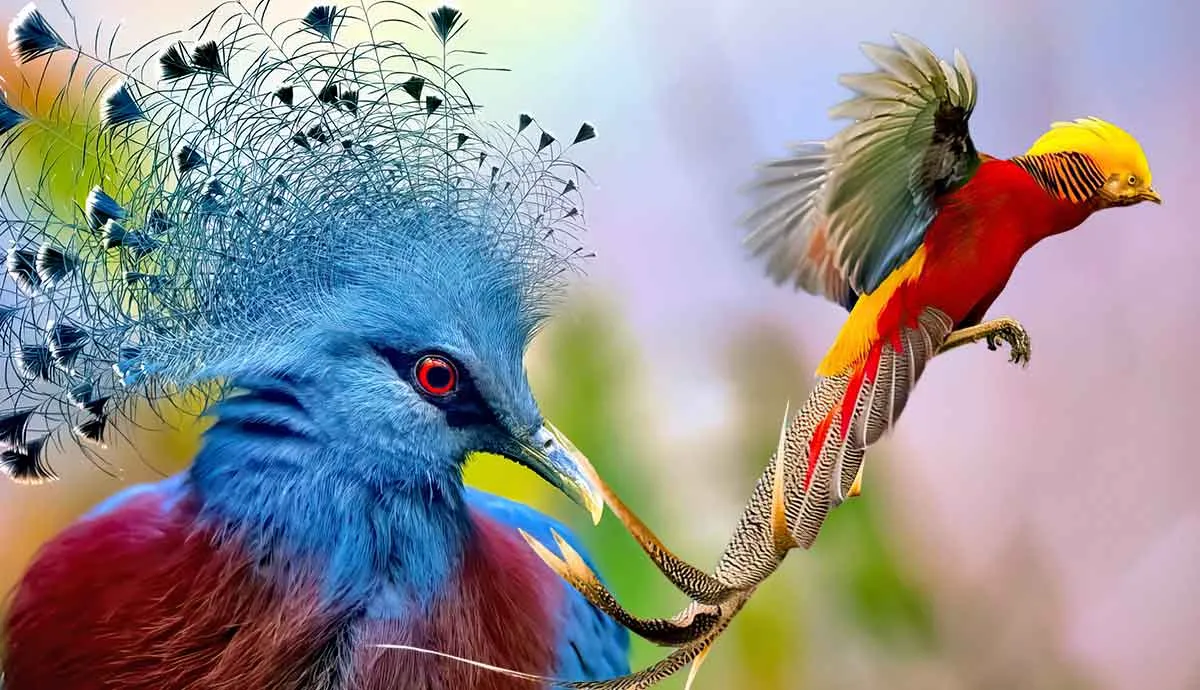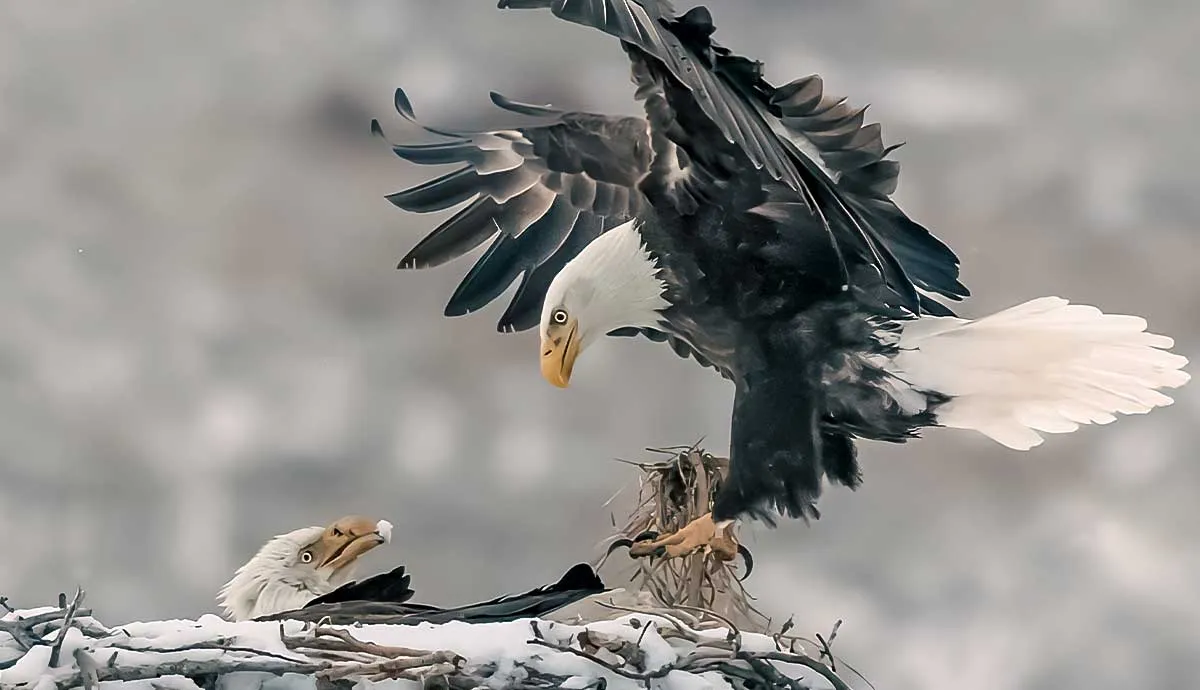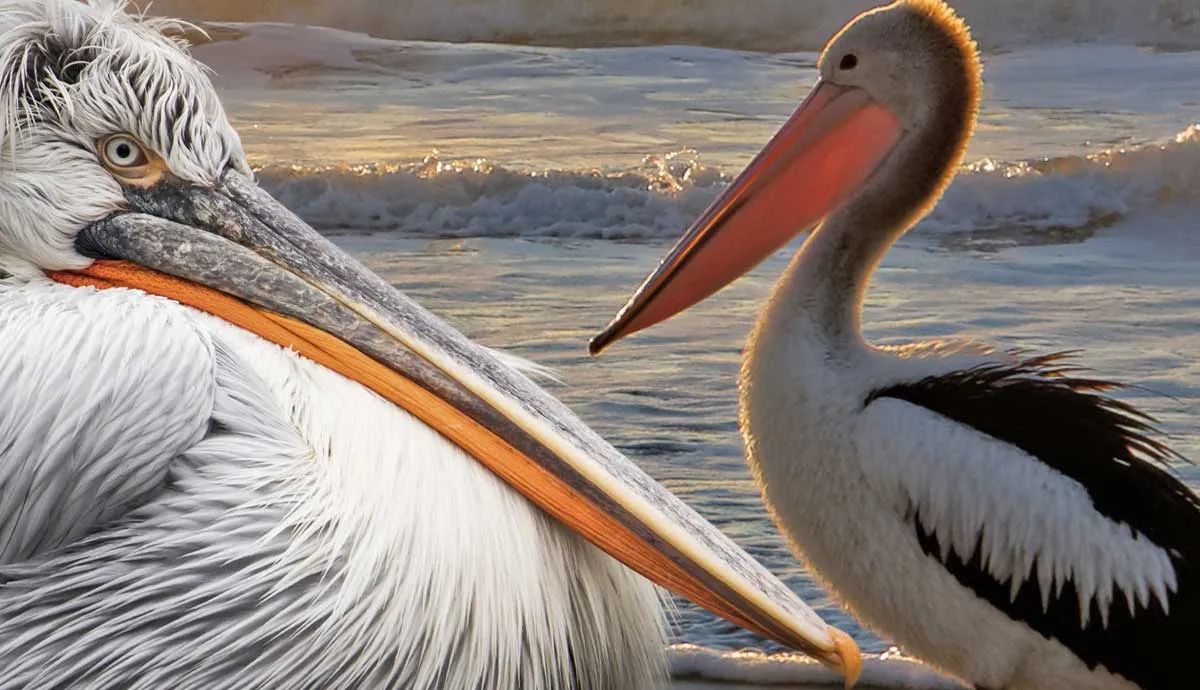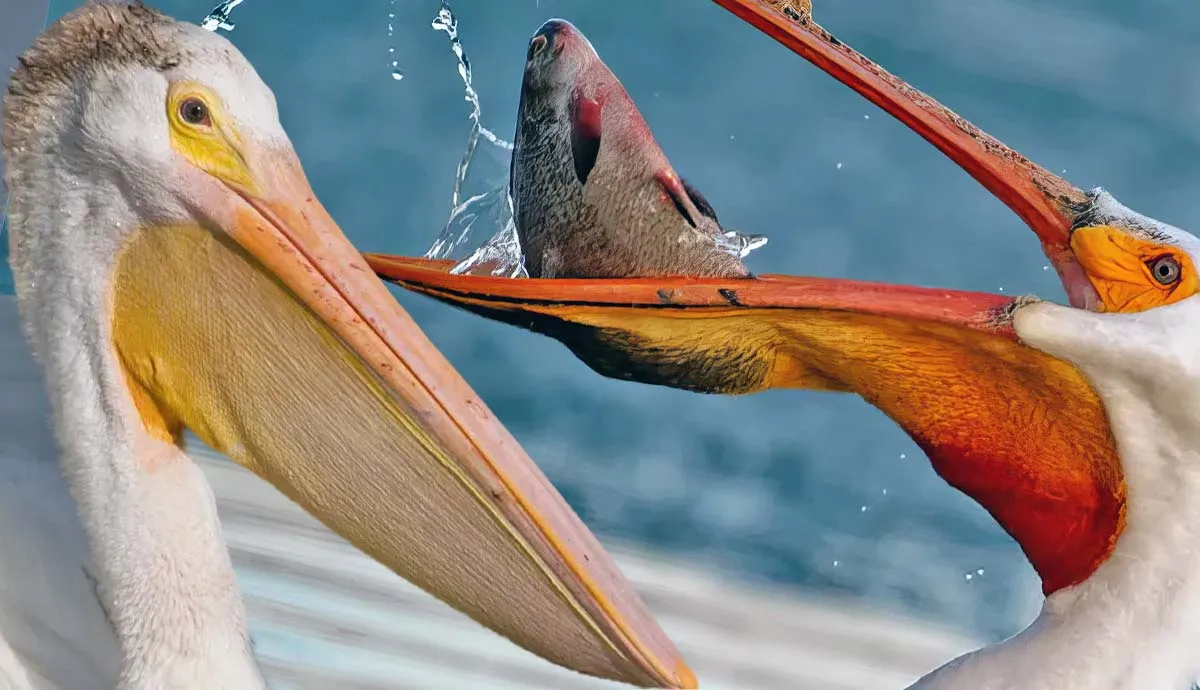Sub-Saharan Africa is home to the tallest raptor species in the world. The bird? Secretary birds! These avians need our help to flourish. Secretary birds went from a vulnerable species to endangered in only four short years. What happened? And how can we help save them from extinction? Let’s talk about it!
Secretary Birds Are an Endangered Species
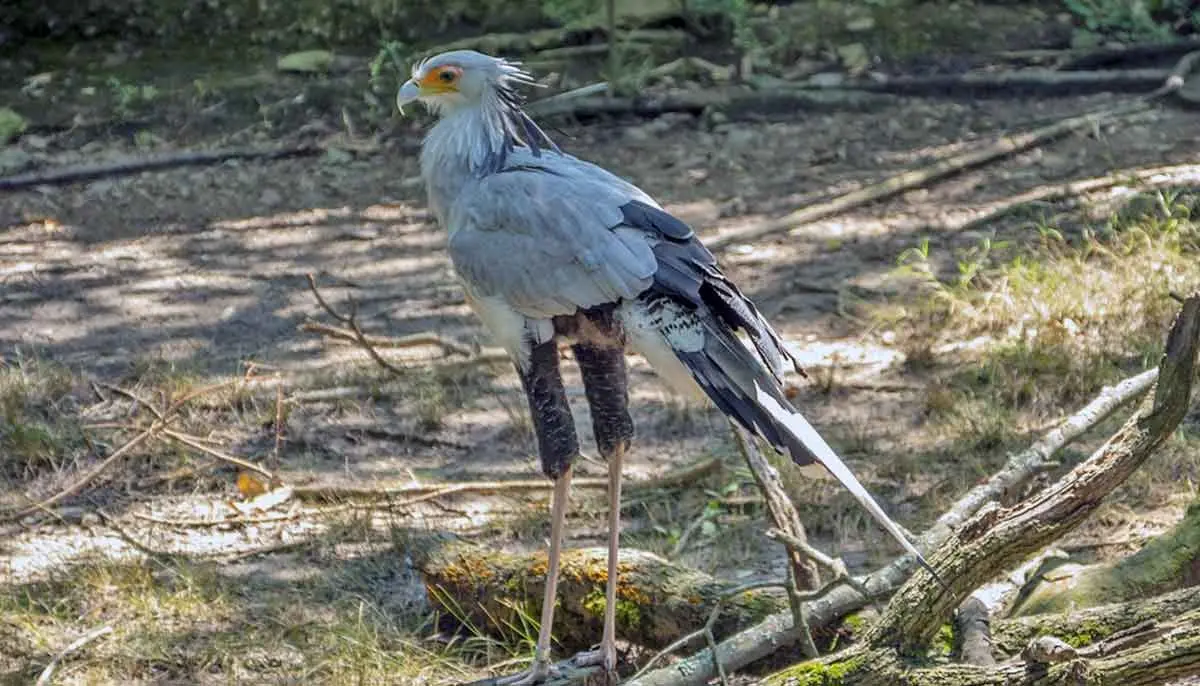
Secretary birds are one of many animals unique to Africa. They are, along with other bird species, endangered. But more on that later. Here’s some fun facts first.
These endangered birds have a history of helping farmers by eliminating pests like snakes, field mice, and crop-eating insects. Dutch homesteaders dubbed these avians “Sagittarius,” meaning “archer,” for their ability to strike snakes with lethal precision.
These birds of prey are the largest birds on the planet, standing between roughly four and five feet tall! Lengthy lashes frame their laser-sharp eyes, accented with orange markings around them. The crowning feature is a row of delicate black feathers on the back of their necks. The plumage is similar in appearance to the quill pens secretaries used, lending to the species’ iconic name.
Unfortunately, as livestock herds grow and spread throughout the region, secretary birds are at risk of extinction. Continuous building projects, railroad productions, and the development of paved roadways add to the problem. Sadly, poachers captured and sold countless avians, too.
Wildfires Threaten Secretary Birds’ Habitat

Controlled burns are fires that are intentionally set and monitored by humans. Sometimes, their purpose is to dispose of waste in rural areas. Other times, people clear land so they have open space to build. While these events have their purpose, they result in lost nest-building material, hunting grounds, and other vital resources that secretary birds rely on.
While both wildfires and controlled burns are responsible for a decline in the raptors' homeland, there are many conservation efforts that hope to boost the bird’s species.
Conservation Efforts Are Underway for Secretary Birds

In 2016, secretary birds were added to the list of vulnerable species. Just four short years later, they were moved to an endangered status. Conservationists implemented plans to track the remaining members of these raptors and closely monitor their numbers. They are also spreading awareness to local landowners and helping to inform the overall population about what is happening to the wildlife. Zoos and other organizations are working together to provide relief however possible.
Secretary birds living in game reserves, like Maasai Mara, enjoy a measure of safety. Laws and regulations protect the animals and their habitats within the reserve’s borders. Additional steps are being taken to protect secretary birds from extinction, such as the ban of commercial trading and poaching.
Hope for the Future: Secretary Birds Thrive in Captivity

Some animals fail to thrive in captivity. The opposite is true for secretary birds! On average, they live an extra five to 10 years with the support of human caretakers. Their diets are supplemented with highly nutritious blends created with the raptors’ physiological needs in mind.
The Oklahoma City Zoo was the first to raise a clutch of secretary birds in captivity successfully! The San Diego Zoo and Safari Park also shared stories of progress in helping the raptors’ numbers to increase over time. Both facilities take precautions to ensure that the eggs are safely moved from their nest and into incubators. Then, their development is monitored around the clock, ensuring they grow into happy, healthy adults.
Three Fun Facts About Secretary Birds
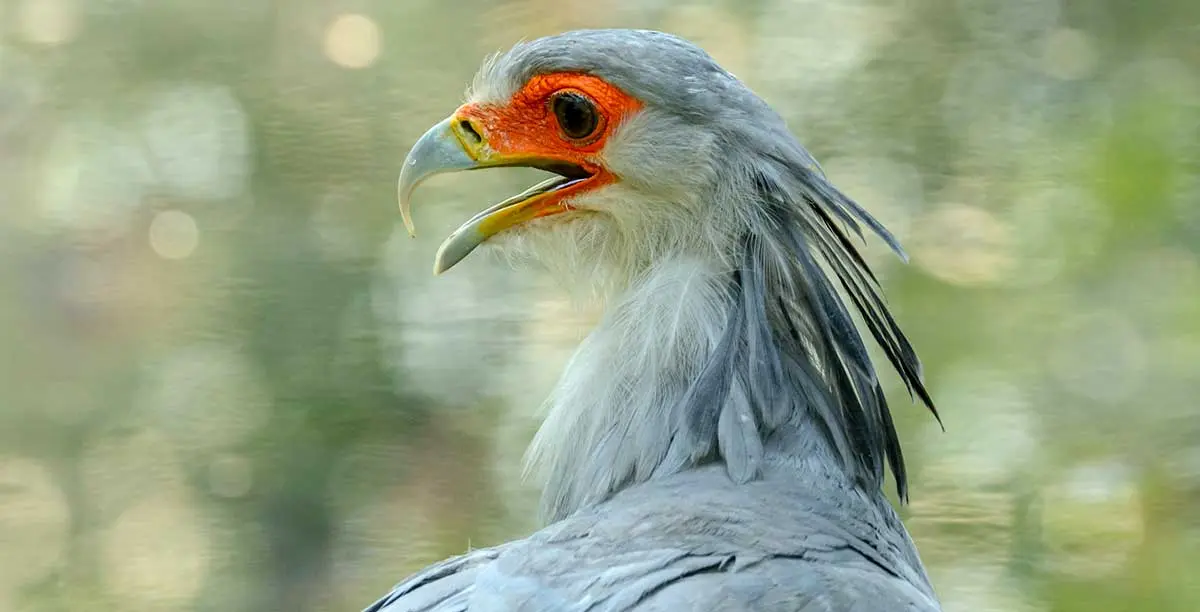
The more people know about secretary birds, the more they can advocate for their conversation. Here are some fun facts about secretary birds and their roles in nature:
Secretary Bird Chicks Have Good Survival Rates
Secretary birds have some of the best infant survival rates. So long as food is abundant, all the chicks in a single nest (usually up to three) generally survive.
Secretary Birds Have Unique Hunting Styles
This raptor species is one of only two that predominantly hunt on the ground instead of swooping down on prey from above. This unique hunting style reduces competition with other animals.
Secretary Birds Make Good Parents
Secretary birds are among the few animals on Earth that mate for life. When they reproduce, the parents take turns providing warmth for their eggs until they hatch. Then, the two share the responsibility of nourishing the nestlings as they grow.
Hope Is on the Horizon for These Beautiful Birds

To conclude, secretary birds strike with keen precision and take down prey in a fraction of a moment. As the tallest raptor and a legendary archer of snakes, they stand out amongst other birds of prey. Their long eyelashes and delicate quill-like feathers give these avians a sophisticated appearance that is easy to spot.
And yes, as noted, secretary birds are currently endangered. They join elephants, rhinos, and African wild dogs as Africa’s most endangered animals. Their habitat steadily declines as the savanna is devastated by overgrazing livestock herds. Ongoing construction, traffic, and fires further damage the dropping raptor population. Thankfully, conservation efforts are in place to help keep these incredible animals around.
National game reserves like Maasai Mara offer a level of sanctuary. The protected lands allow those living within them a chance to recoup their numbers. Those in captivity typically thrive and have advantages over their wild kin. Specially formulated diets, expert medical care, and monitored egg incubators are a few examples. With such great support, these raptors live an extra five to 10 years, on average!


